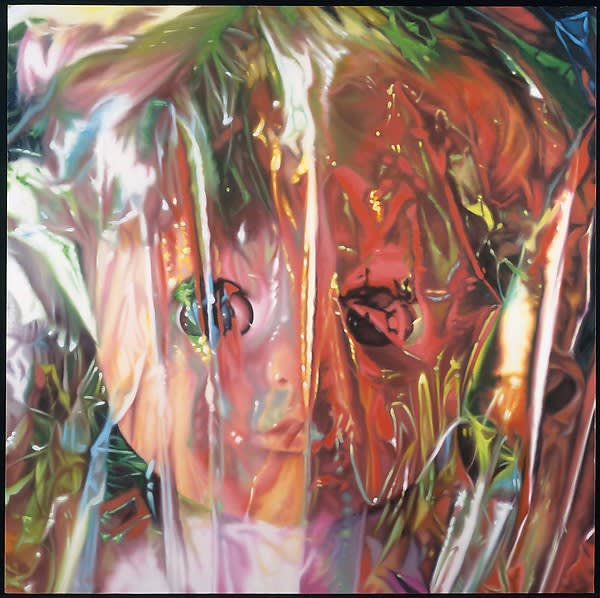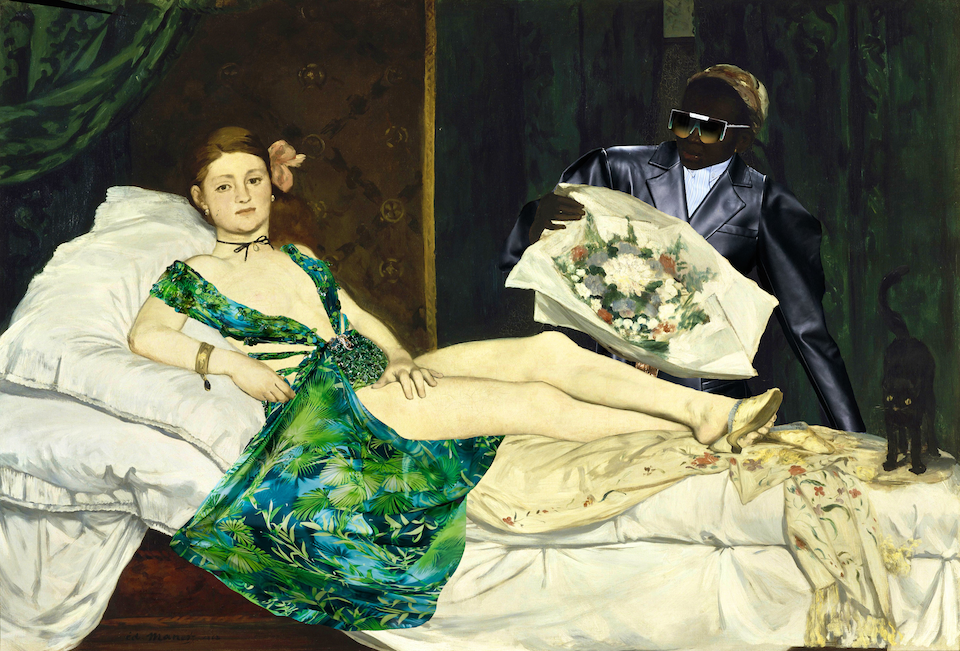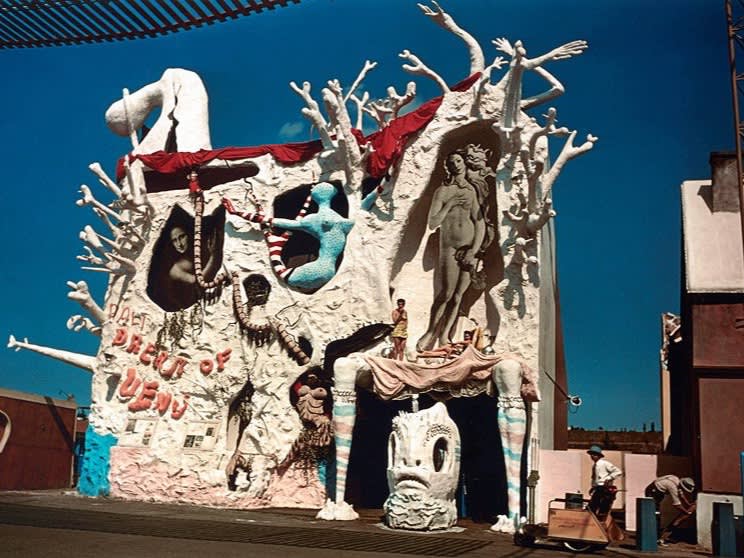Nicolas Ghesquiere’s Spring/Summer 2012 collection for Balenciaga, showcased the designer’s idiosyncratic re-interpretation of house founder Cristobal’s archives, as well as his own ingenious design language.
The collection reflected principally on Ghesquiere’s penchant for techno-couture and abstract minimalism, revealed in the designer’s laboratory-esque approach to fabrication and technique exploration. Graphic prints and bold panels adorned shirts and dresses, as color-blocked neoprene-looking silk jackets, plexiglass-effect cuff bracelets, and geometric, cross-strapped booties made for a fully realized vision.
The intellectualism often associated with Ghesquiere’s designs seemed all the more fitting this season, given the collection’s kaleidoscopic quality and referential undertones. Elevated everyday wear, rendered in asymmetrically cut white t-shirts and perfectly tailored pleated jeans, offered an original hypothesis on the identity of a woman in the contemporary world. The boyish attitude of the show’s opening looks, including high-waisted shorts and exaggerated shoulders, grew all the more powerful as the hems became longer and exceedingly less revealing. The passage of structured, triangular shaped dresses in metallic hues sporting boldly positioned pockets touched on utilitarianism before turning to the feminine, represented in the show’s deep v-neck finale dresses covered in feathery metallic finishes.
Above all, spring/summer 2012 celebrated Ghesquiere’s uncanny ability to bring together the organic and synthetic in an utterly modern context, all while reflecting on his intimate relationship with Cristobal’s archive. The voluminous quality and futurist cuts of the collection’s standout garments referenced Cristobal’s trademark construction techniques, as vividly as Ghesquiere’s impressive reworking of Cristobal’s fishermen-inspired, 1967 wedding veil. Much like Cristobal, Nicolas Ghesquiere exemplifies modernity through his ability to capture the beauty of the present time by being a constant spectator, with a childlike ability to see everything in a state of newness and find beauty in transient quotidian moments.
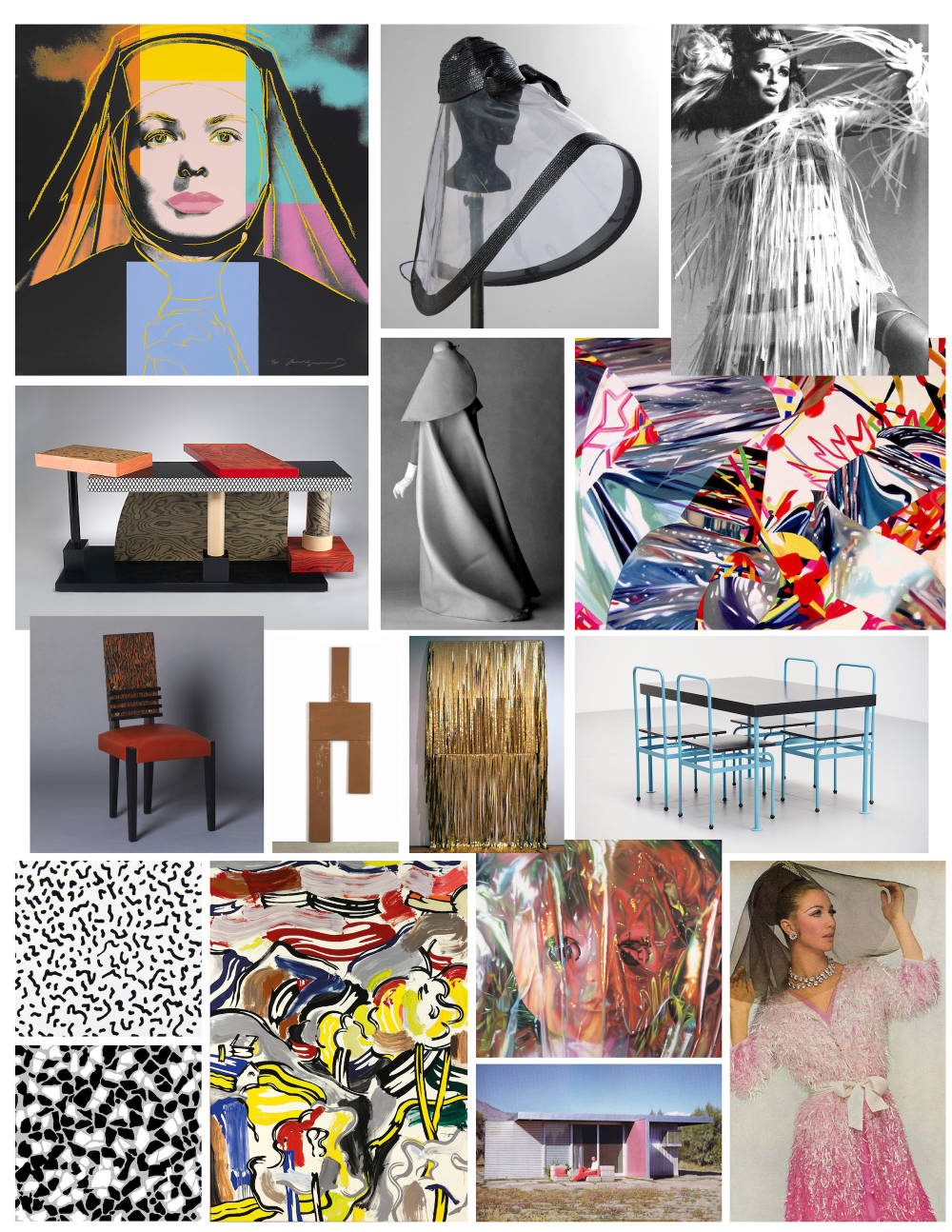
References
- 1
- 2
Cristóbal Balenciaga
1967
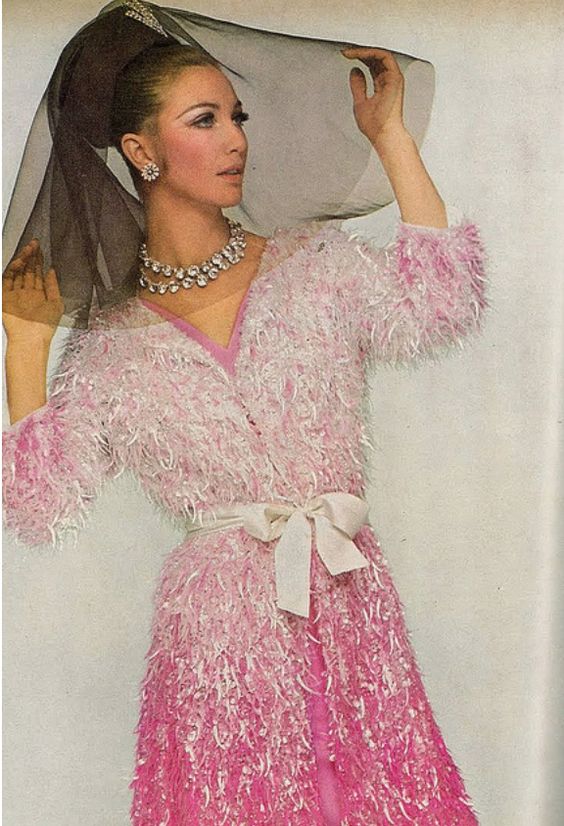
Andy Warhol
The Nun, Ingrid Bergman, 1983
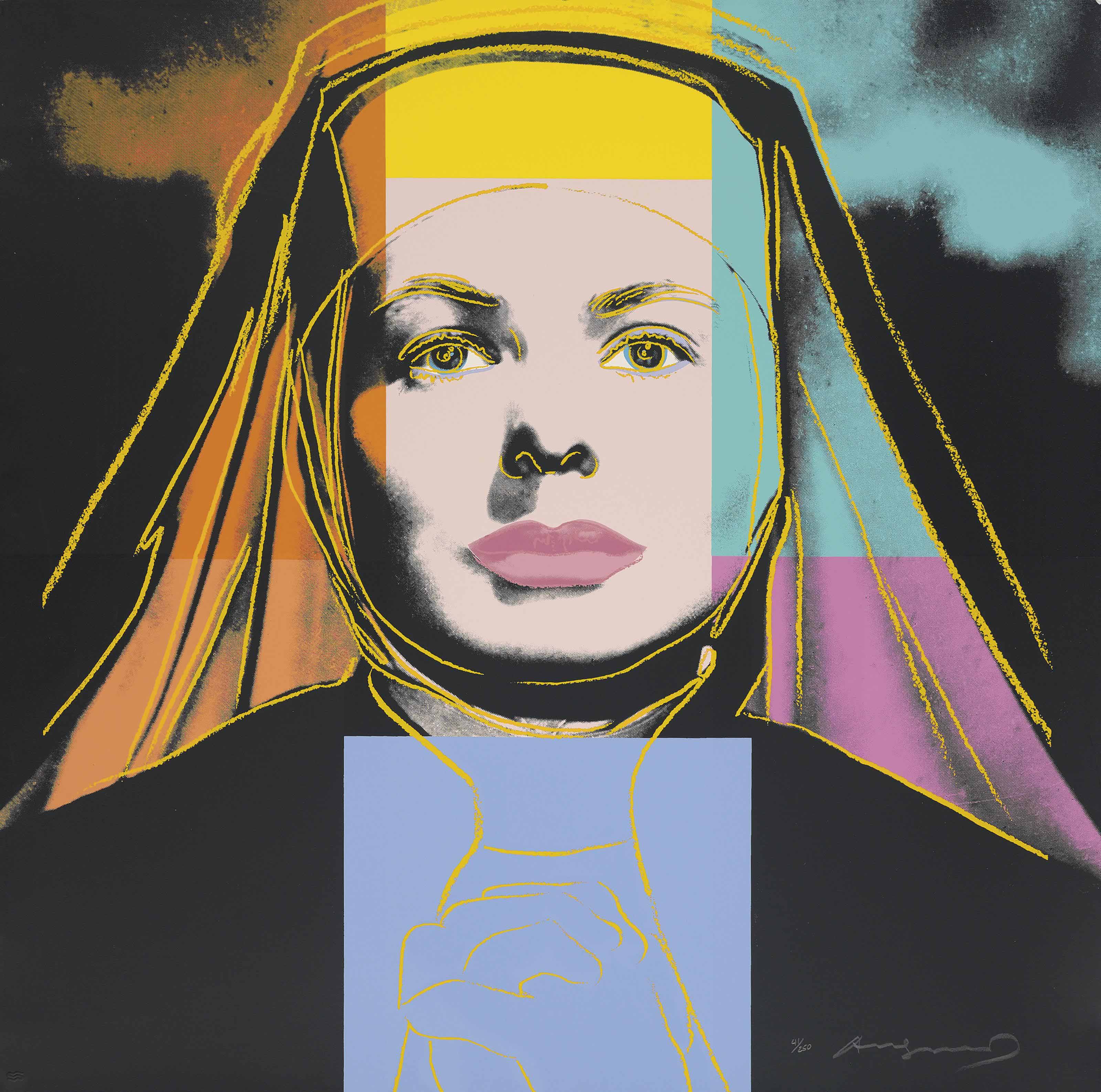
J. J. P. Oud
A dining group of six chairs, and a table, 1927
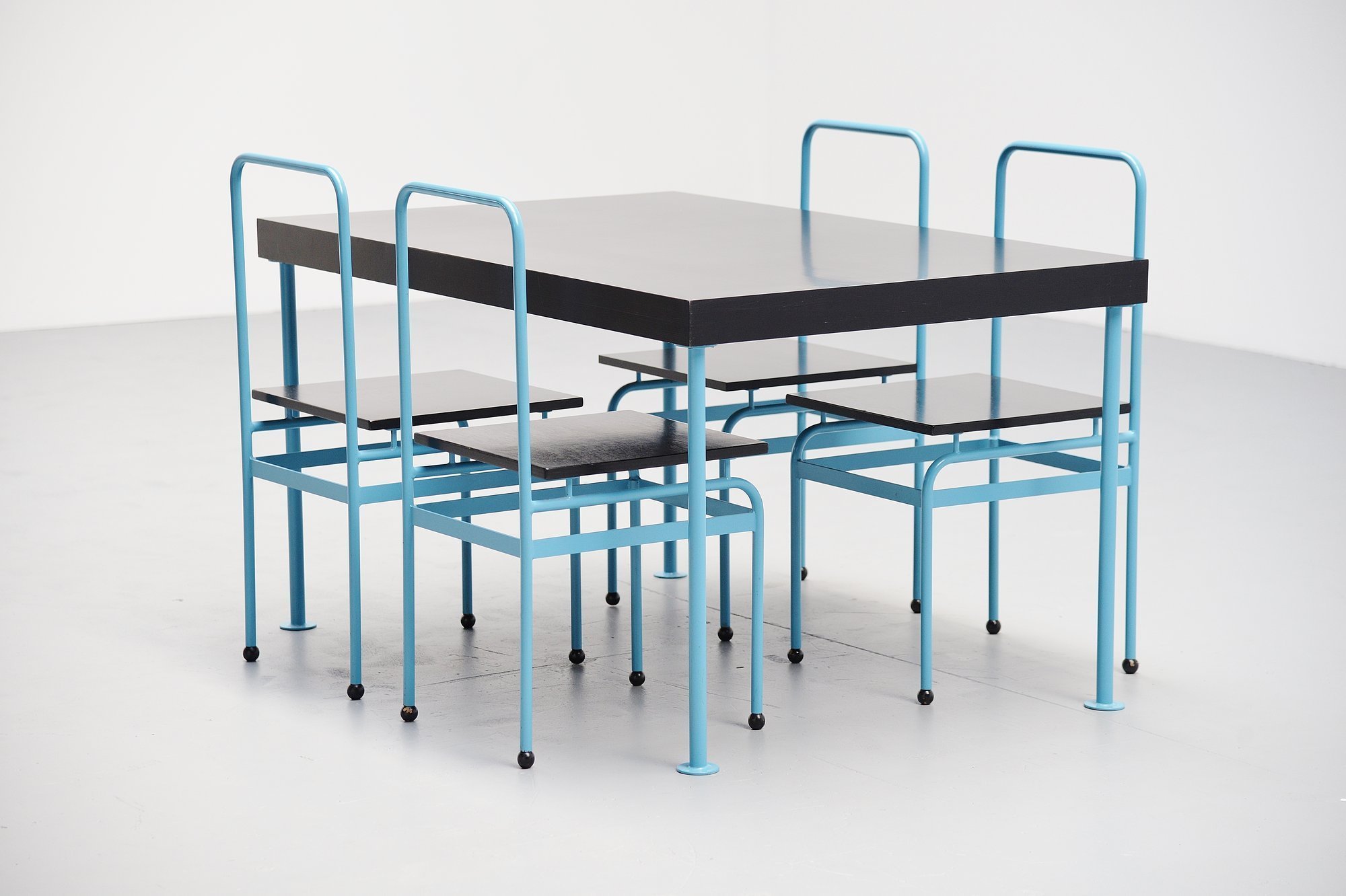
James Rosenquist
Spectator - Speed of Light, 2001
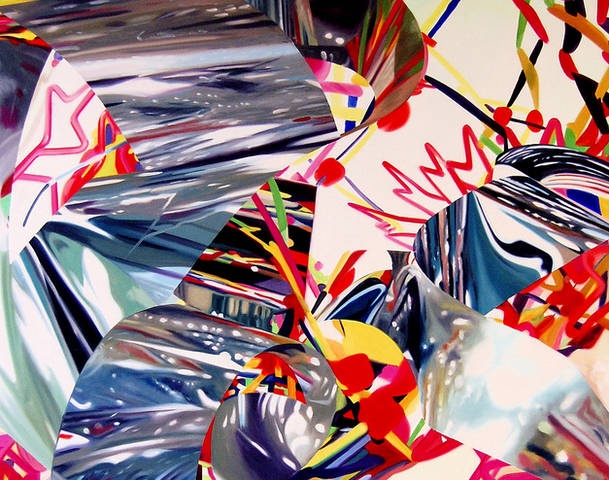
James Lee Byars
The World Flag, 1991
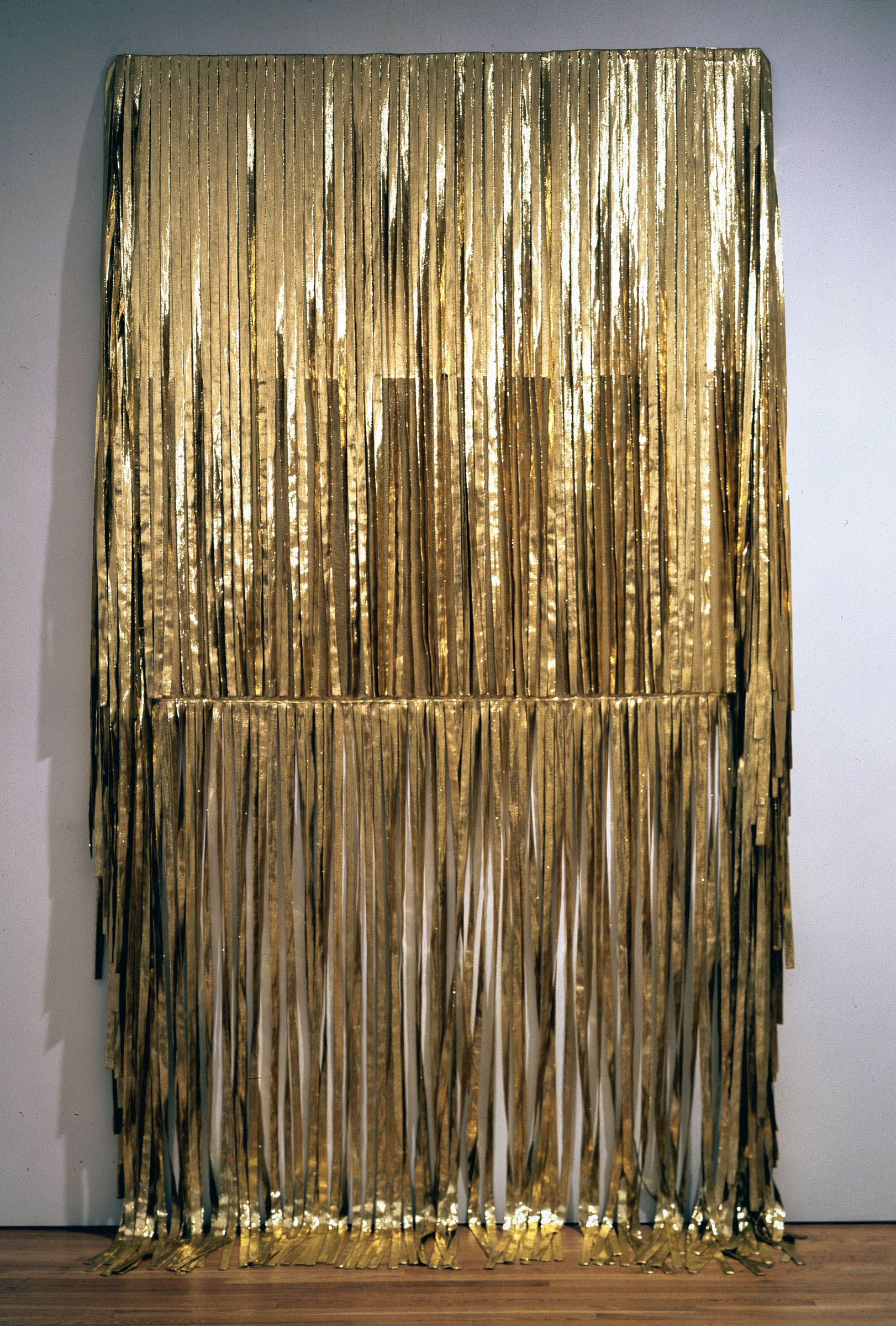
Roy Lichtenstein
Landscape With Red Sky, 1985
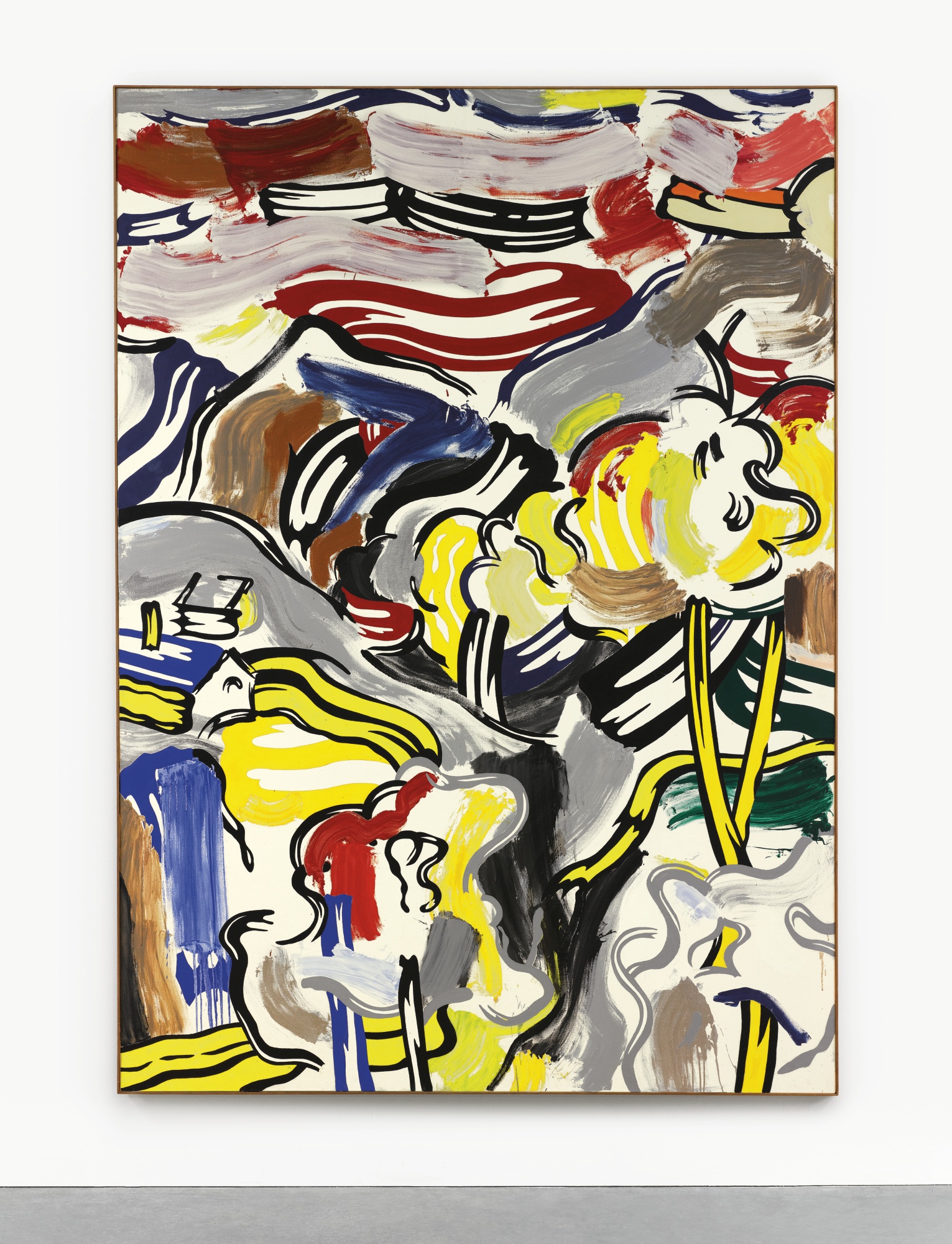
Paco Rabanne
Couture Hat 1983
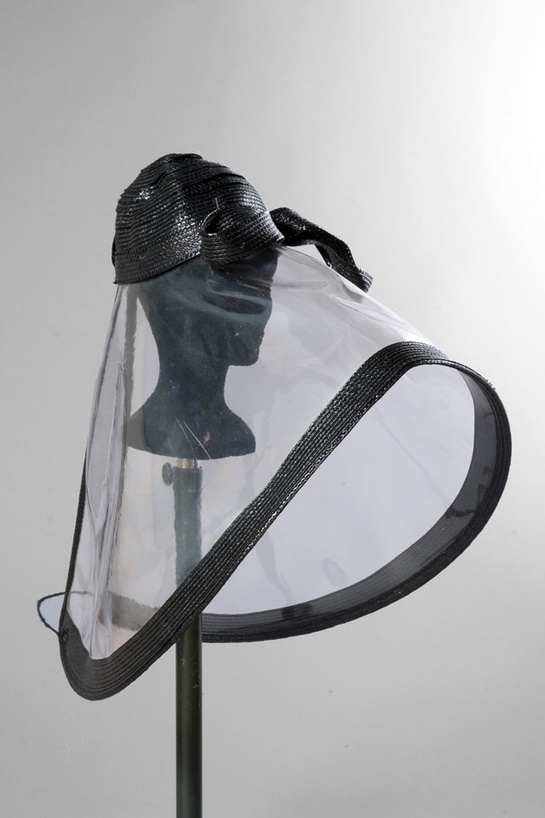
André Sornay
Chair, 1935
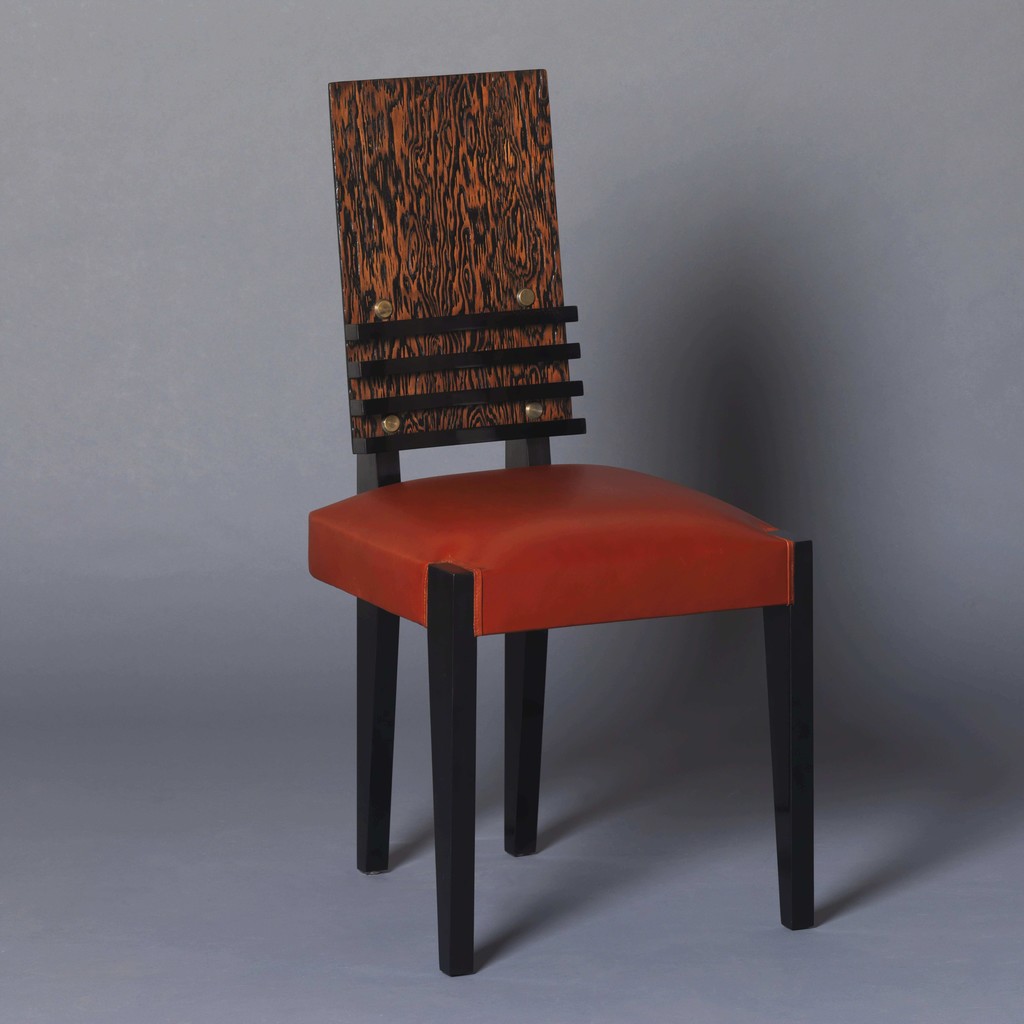
Cristobal Balenciaga
Wedding Dress and Hat, 1967

Ettore Sottsass
Laminate Mattern
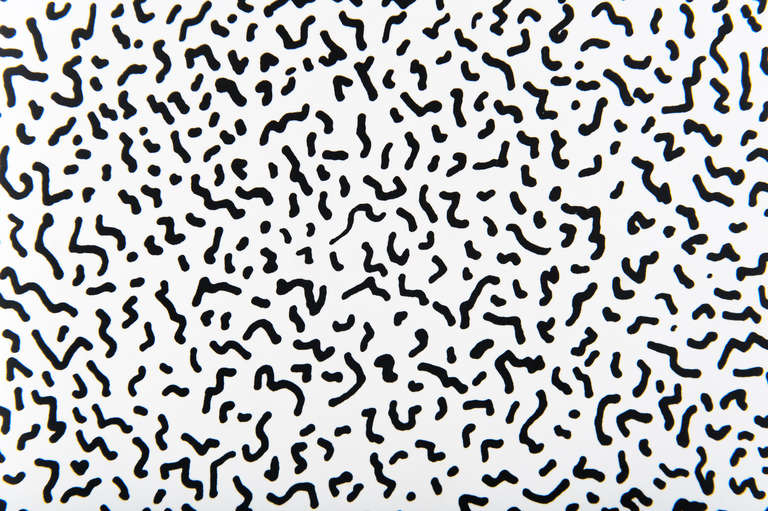
Ettore Sottsass
Tartar Table, 1985

Ettore Sottsass
Pattern for plastic laminate, 1979-81
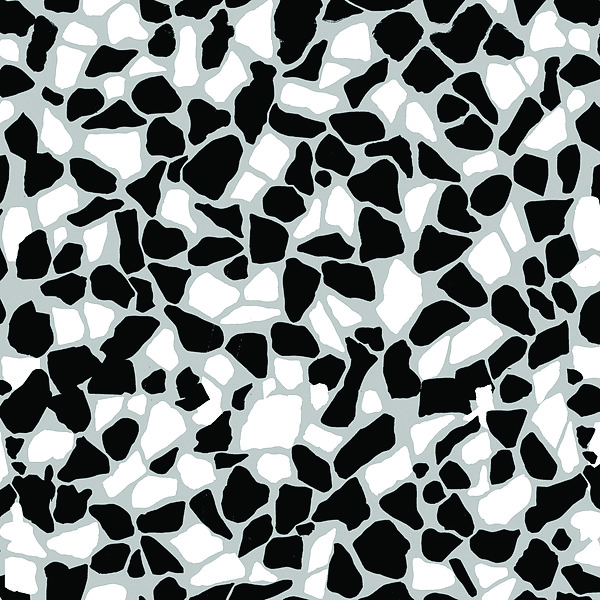
Joe Bradley
Running Animal (In 4 parts), 2006
Paco Rabanne
Vogue Italia, Photographer Bert Stern, Model Samantha Jones, April 1967
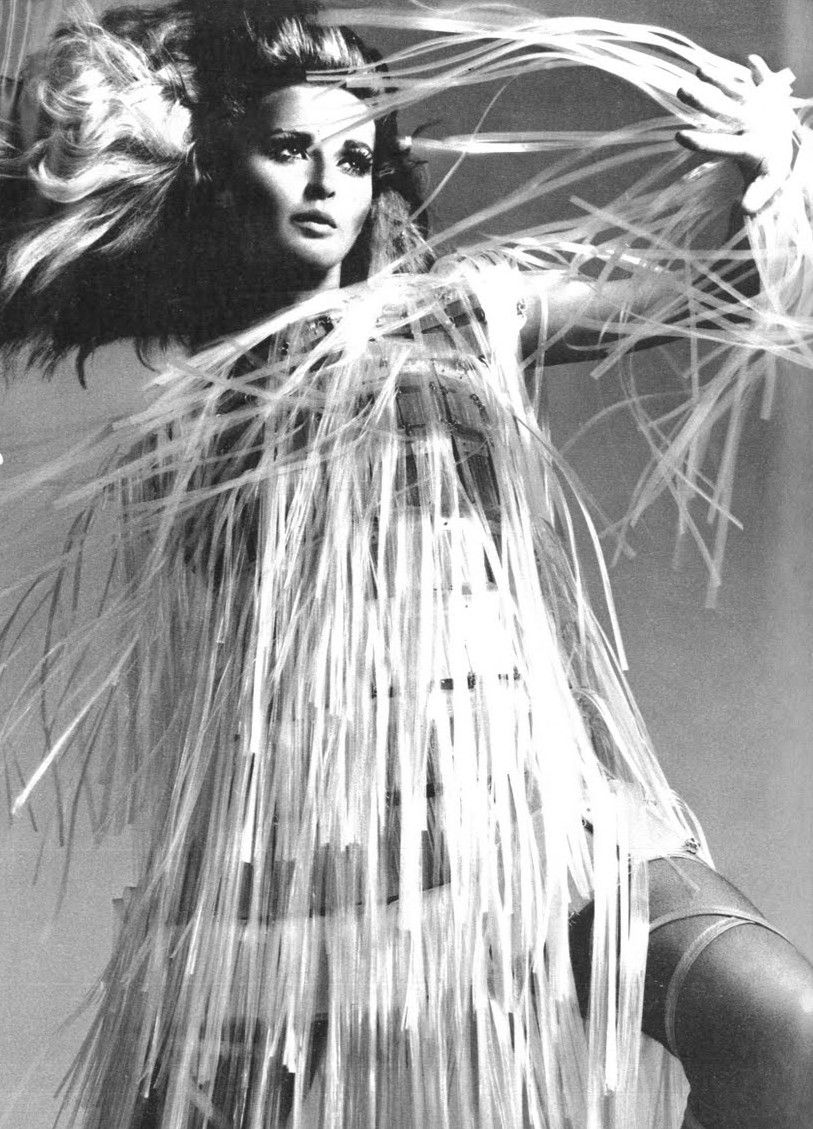
Albert Frey
Frey House, 1941-43
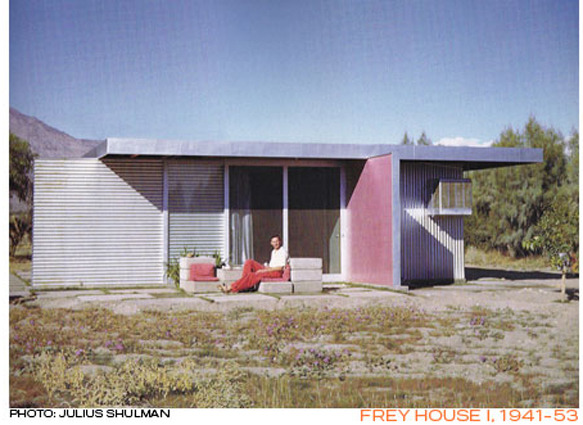
James Rosenquist
The Serenade for the Doll after Claude Debussy, Gift Wrapped Doll #16, 1992
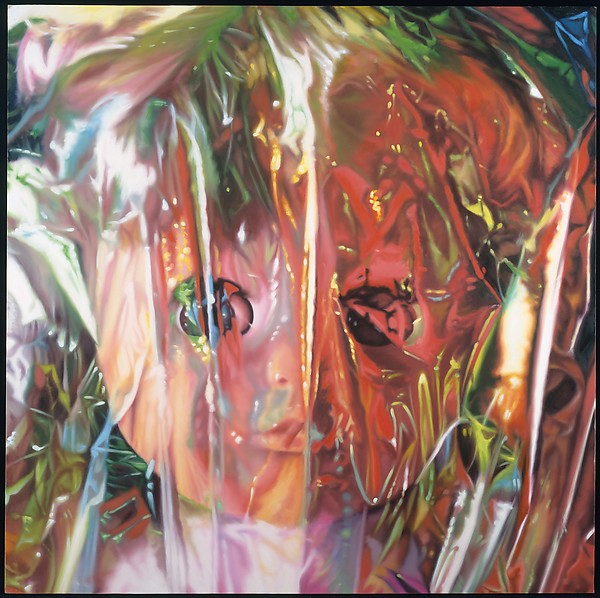
References

Cristóbal Balenciaga
1967
1 of 16

Andy Warhol
The Nun, Ingrid Bergman, 1983
2 of 16
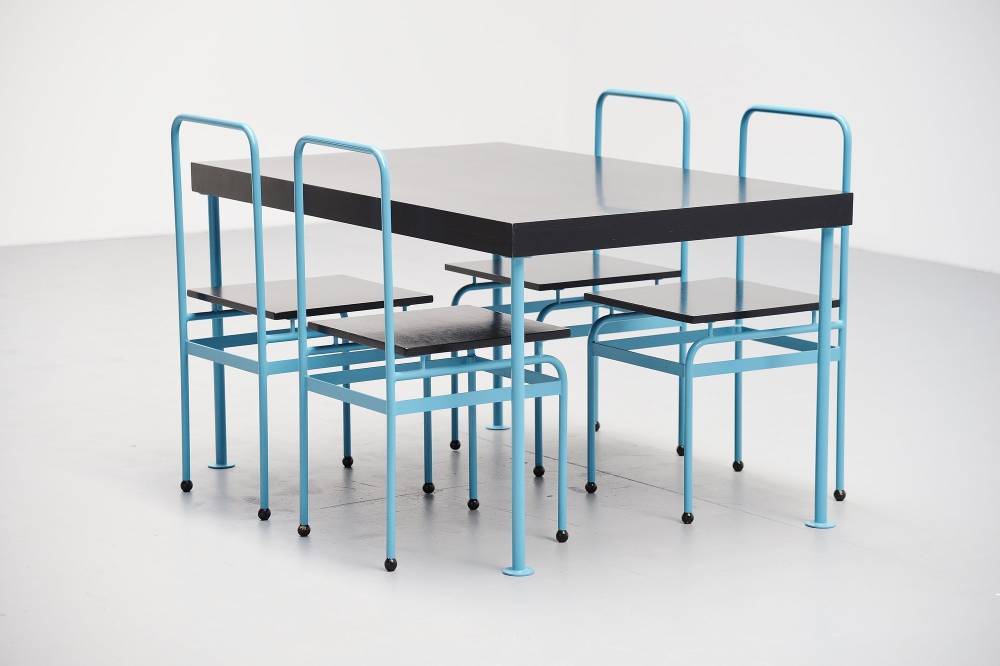
J. J. P. Oud
A dining group of six chairs, and a table, 1927
3 of 16

James Rosenquist
Spectator - Speed of Light, 2001
4 of 16
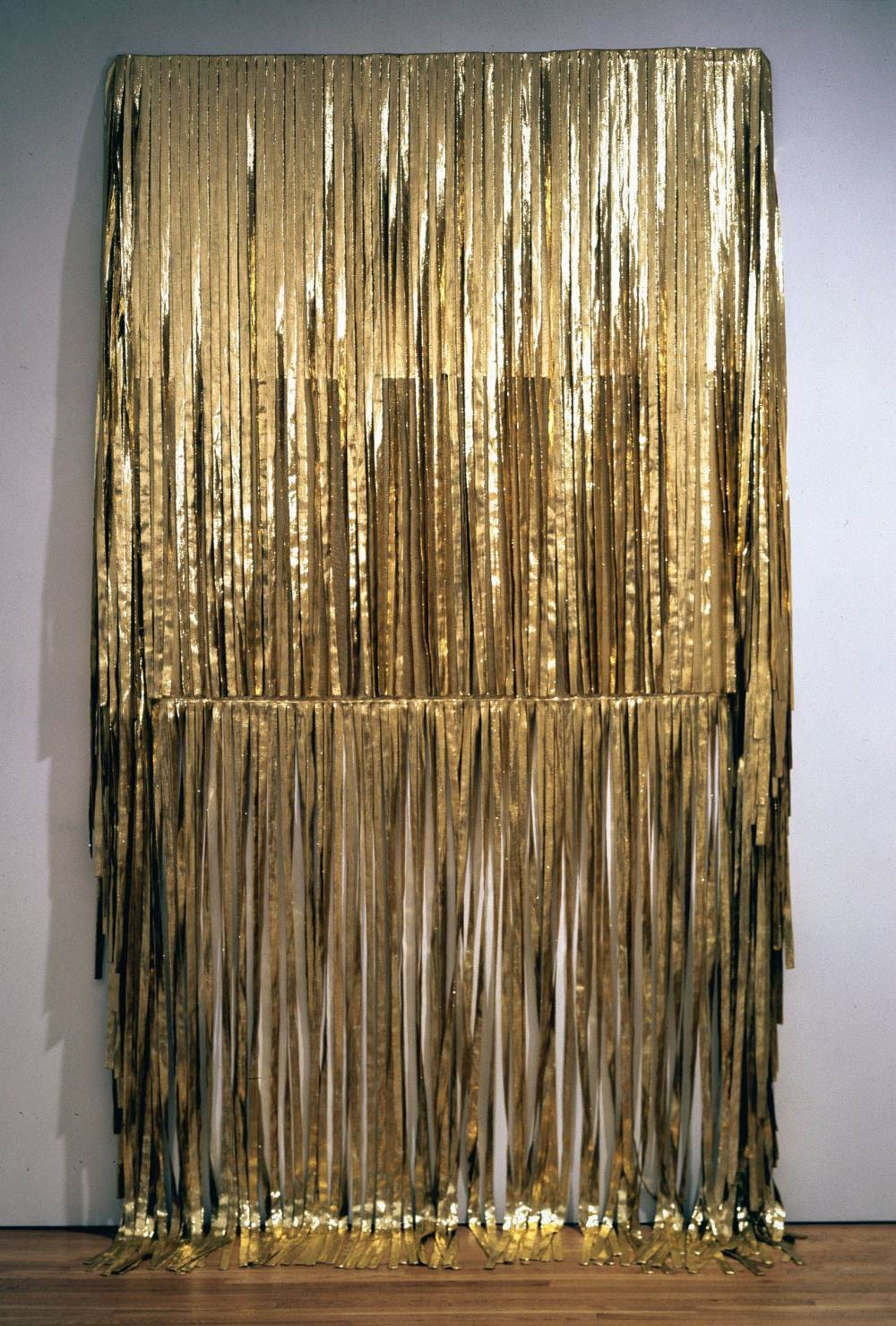
James Lee Byars
The World Flag, 1991
5 of 16

Roy Lichtenstein
Landscape With Red Sky, 1985
6 of 16
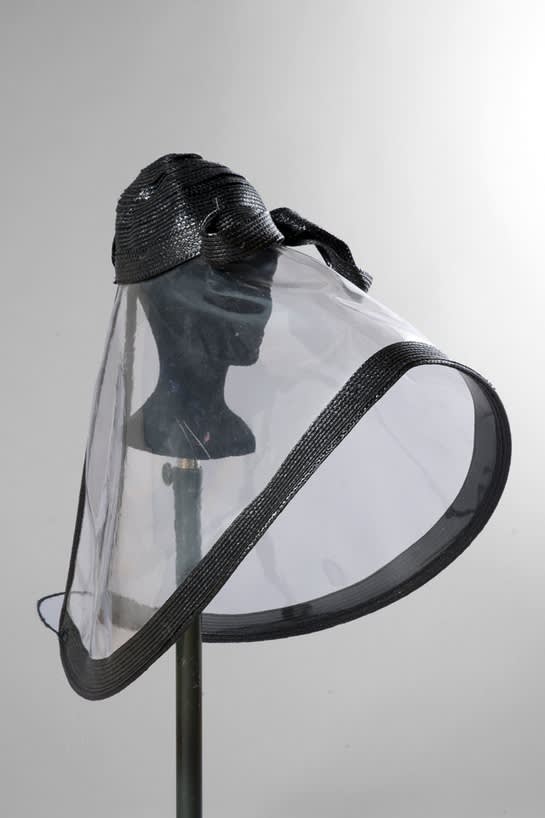
Paco Rabanne
Couture Hat 1983
7 of 16
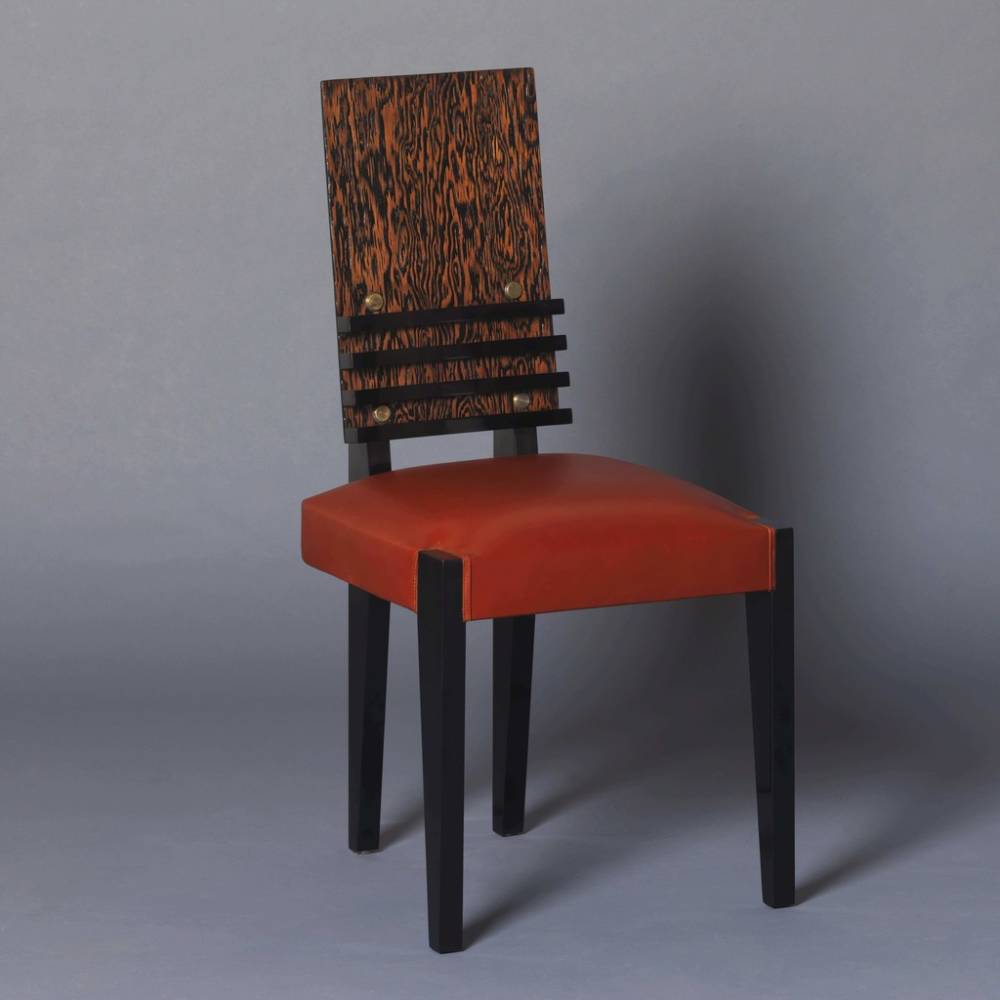
André Sornay
Chair, 1935
8 of 16
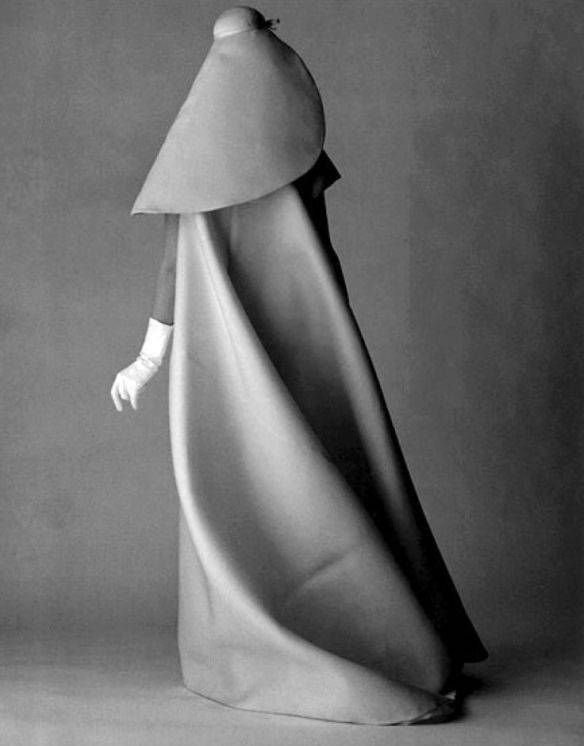
Cristobal Balenciaga
Wedding Dress and Hat, 1967
9 of 16
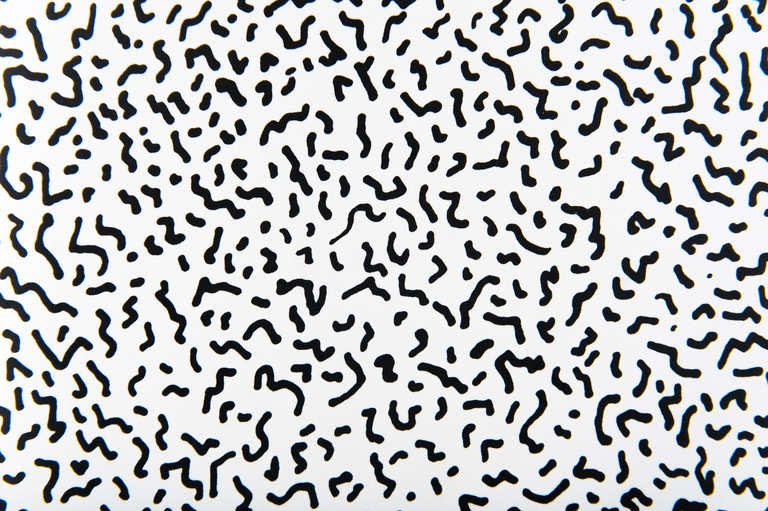
Ettore Sottsass
Laminate Mattern
10 of 16
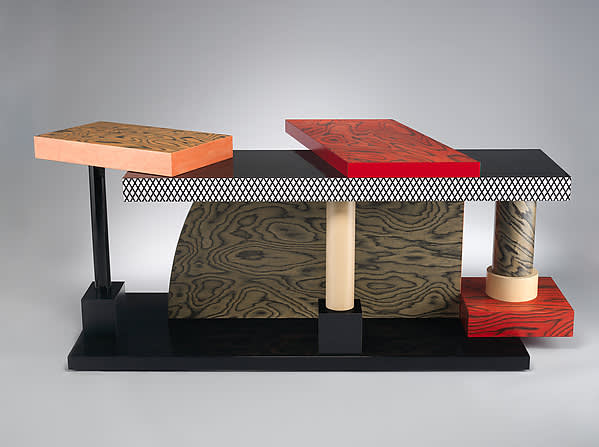
Ettore Sottsass
Tartar Table, 1985
11 of 16
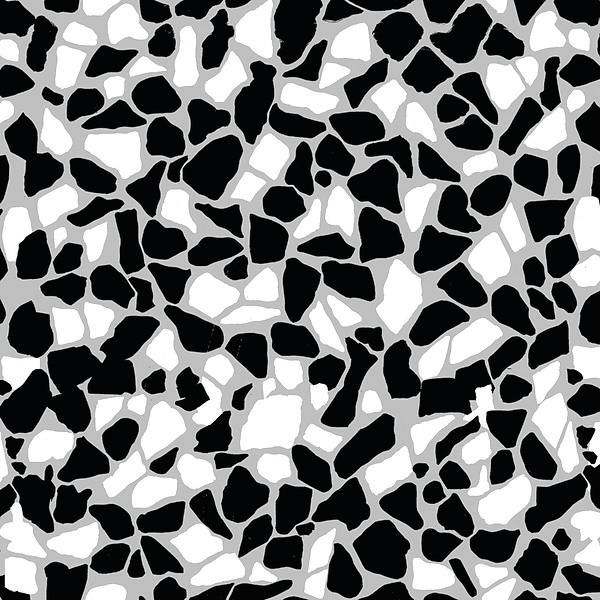
Ettore Sottsass
Pattern for plastic laminate, 1979-81
12 of 16
Joe Bradley
Running Animal (In 4 parts), 2006
13 of 16

Paco Rabanne
Vogue Italia, Photographer Bert Stern, Model Samantha Jones, April 1967
14 of 16
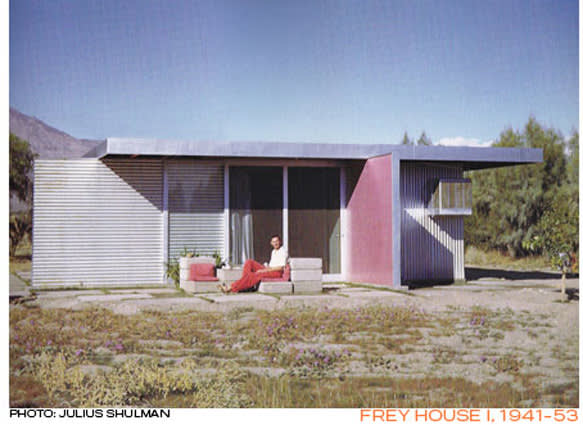
Albert Frey
Frey House, 1941-43
15 of 16
